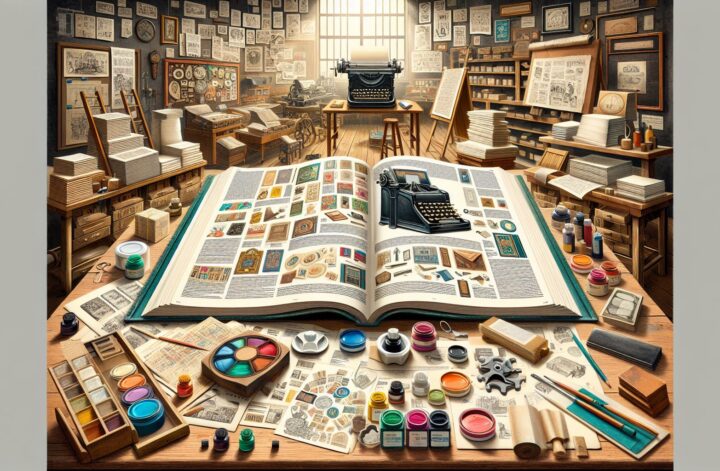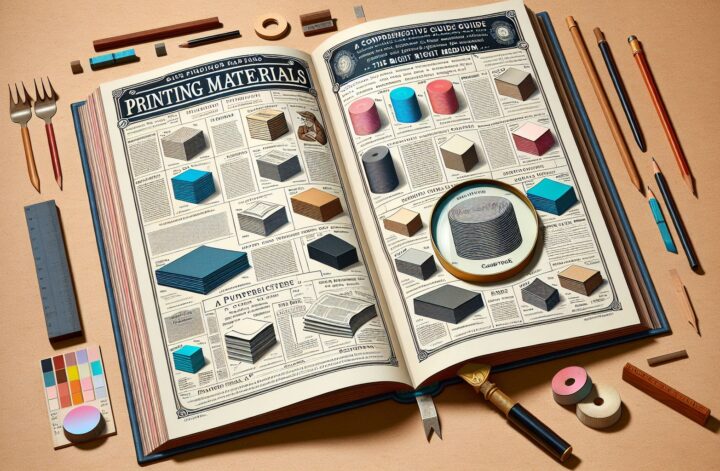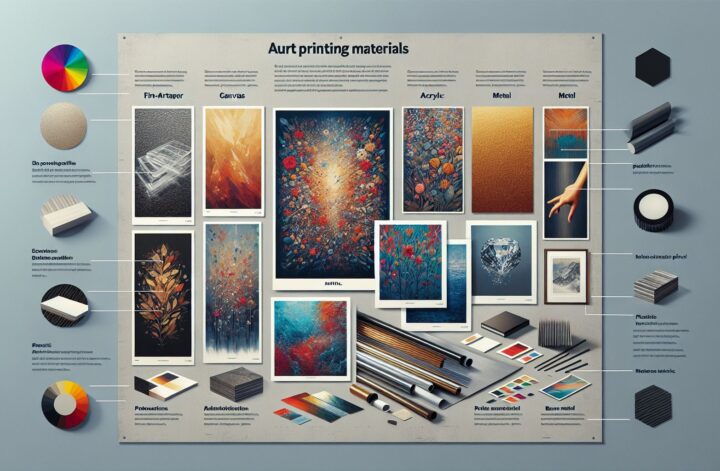In the ever-evolving world of design and printing, the materials we choose to use play a crucial role in the outcome of our final product. From business cards and brochures to posters and banners, the type of material we print on can make a significant impact on the overall look and feel of our designs.
In this comprehensive guide, we will explore the various types of printing materials available, their unique properties, and how to choose the right material for your specific printing needs.
Paper
Paper is the most commonly used material in printing, and for good reason. It is versatile, affordable, and available in a wide range of weights and finishes. When choosing paper for your print project, consider the following factors:
- Weight: Paper weight is measured in grams per square meter (gsm), with lighter weights typically used for items like flyers and heavier weights for items like business cards.
- Finish: Paper finishes can range from glossy to matte, with each finish offering its own unique look and feel.
- Texture: Some papers have a smooth finish, while others have a textured finish that can add depth and dimension to your designs.
Cardstock
Cardstock is a thicker, more durable paper that is often used for items like business cards, postcards, and invitations. It is available in a variety of weights and finishes, making it a versatile choice for a wide range of print projects.
When choosing cardstock for your print project, consider the following factors:
- Weight: Cardstock is typically heavier than standard paper, with weights ranging from 65 lb to 110 lb.
- Finish: Just like paper, cardstock is available in a variety of finishes, including matte, glossy, and textured.
- Color: Cardstock is available in a wide range of colors, making it easy to find the perfect shade for your design.
Vinyl
Vinyl is a durable, weather-resistant material that is often used for outdoor signage, banners, and vehicle wraps. It is available in a variety of finishes, including matte, glossy, and textured, making it a versatile choice for a wide range of print projects.
When choosing vinyl for your print project, consider the following factors:
- Thickness: Vinyl is available in a range of thicknesses, with thicker vinyl offering increased durability for outdoor use.
- Finish: Vinyl finishes can range from matte to glossy, with each finish offering its own unique look and feel.
- Adhesive: Some vinyl comes with a self-adhesive backing, making it easy to apply to a variety of surfaces.
Fabric
Fabric is a less common but increasingly popular choice for print projects. It is durable, versatile, and offers a unique texture that can add depth and dimension to your designs. Fabric is often used for items like banners, flags, and trade show displays.
When choosing fabric for your print project, consider the following factors:
- Material: Fabric is available in a variety of materials, including polyester, nylon, and cotton, each offering its own unique properties.
- Weight: Fabric weight is measured in ounces per square yard, with heavier weights offering increased durability for outdoor use.
- Finish: Fabric finishes can range from matte to satin, with each finish offering its own unique look and feel.
Conclusion
When it comes to print materials, the options are endless. From paper and cardstock to vinyl and fabric, each material offers its own unique properties that can help bring your designs to life. By considering factors like weight, finish, and texture, you can choose the right material for your specific printing needs and create a final product that is sure to impress.
Next time you embark on a print project, take the time to explore the various materials available and consider how each one can enhance your designs. Whether you’re looking for a sleek and professional finish or a bold and eye-catching look, the right material can make all the difference in the success of your print project.



